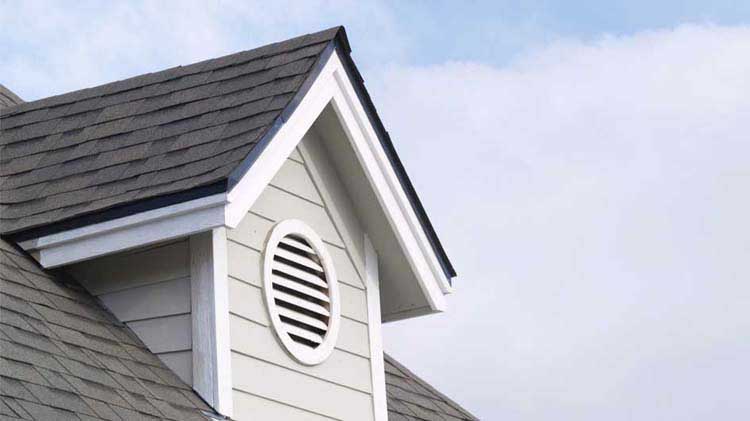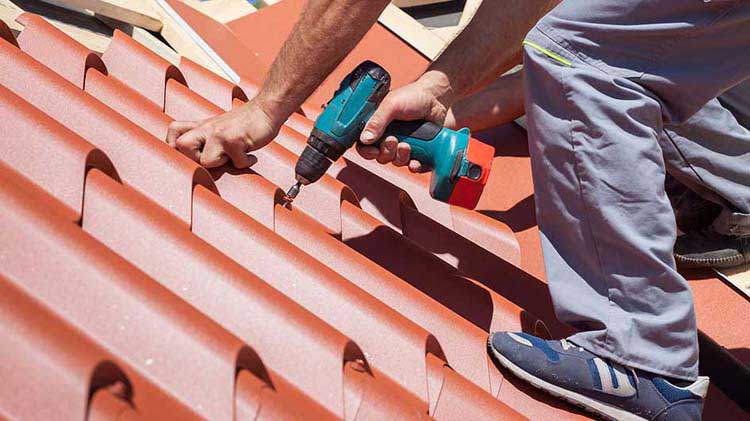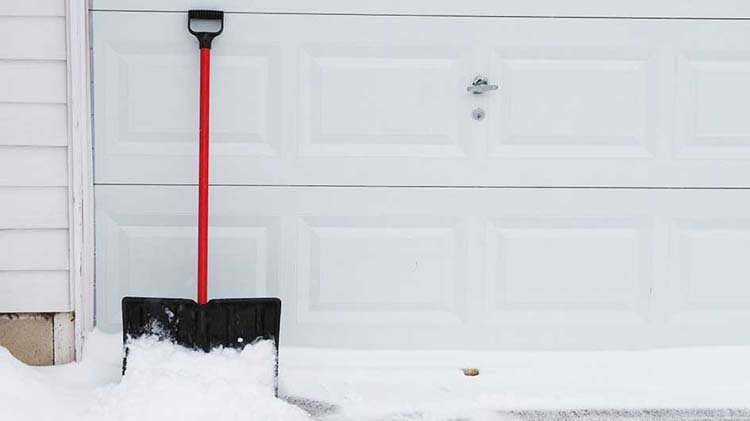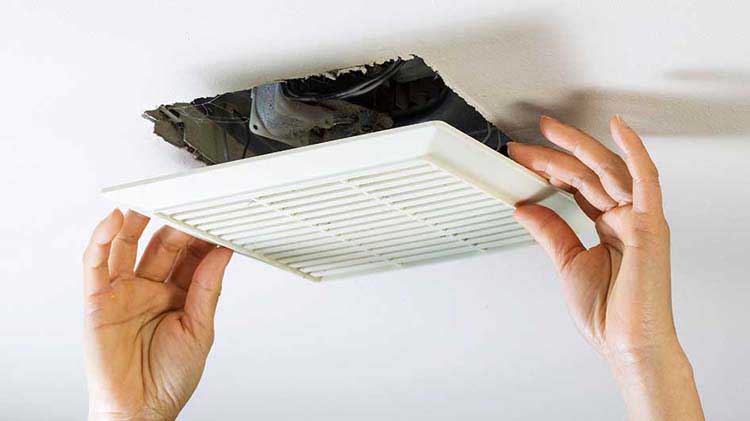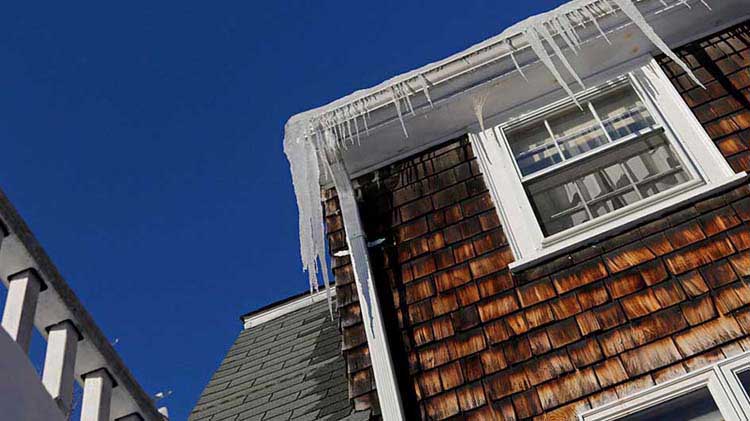Why attic ventilation matters
Humidity problem in your attic? You can fix it with one of these common attic vents.
Proper attic ventilation is important, especially for homes located in climates where snow and ice dams are common. Take advantage of summer weather to inspect your home for adequate attic ventilation and make necessary repairs or improvements.
How attic ventilation works
A well-ventilated attic helps expel warm air and refresh it with cooler outside air. The National Roofing Contractors Association (NRCA) says proper air circulation can help:
- Remove excess heat and moisture from attics to prevent condensation that could lead to mold and mildew, structural damage and ice dams during winter.
- Reduce the average air temperature inside an attic during summer.
- Maintain the manufacturer's warranty on some asphalt shingle systems.
Types of attic vents
Attic ventilation recommendations range from 1 square foot of ventilation for every 150 square feet of attic space to 1 square foot for every 300 square feet. According to the NRCA, a common way to vent asphalt roofs is with non-powered or "passive" ventilation that balances air intake with air exhaust. Common vents include:
- Ridge vents. Exhaust vents installed along the roof's peak that are either covered by shingles or exposed along the ridgeline.
- Soffit vents. Continuous or individual vents installed along an attic's soffits or eaves. Soffit vents should never be blocked by insulation.
- Gable vents or wall louvers. Exhaust vents placed in walls at gabled ends of an attic that can function as both intake and exhaust vents.
- Rafter vents. These vents ensure the soffit vents are clear so there is a channel for outside air to move into the attic at the soffits and out through the gable or ridge vent.
- Wind turbine vents. Exhaust vents that use wind power to turn an internal fan, drawing hot air from the attic. Compared to static vents, these can increase the rate at which air is expelled, depending on wind speed.
- Static vents. Individual protected exhaust vents installed near the roof's ridge.
The Energy Star website provides more information and do it yourself options such as using fans and installing rafter vents. The IIBEC provides additional information about attic ventilation on its website.
